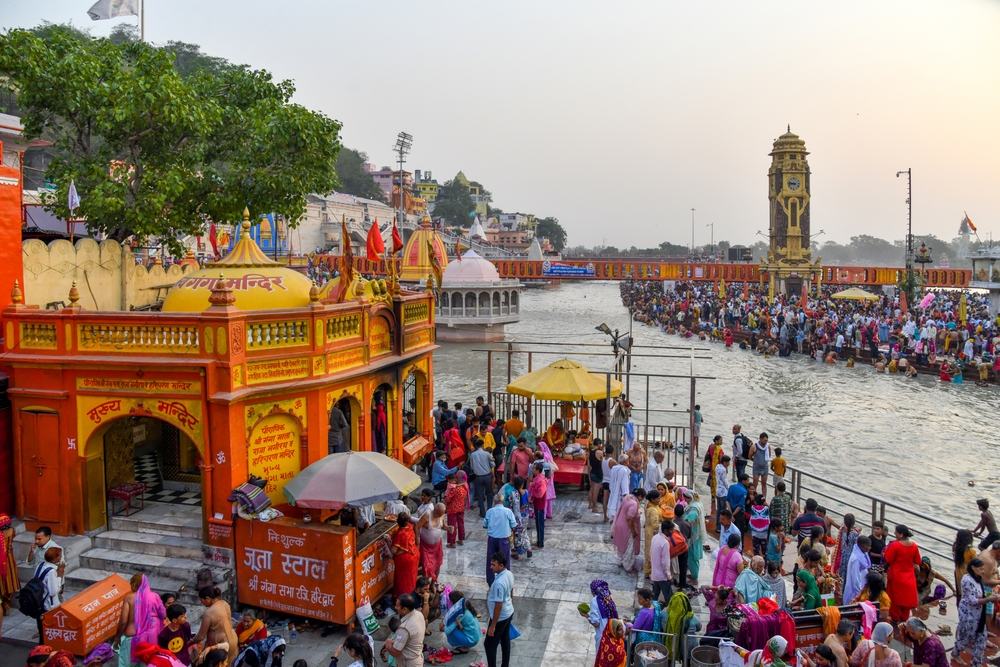What has existed for over 2000 years of this country’s history cannot be relegated to a picture in tourism brochures
It was in the summer of 2017 that my family and I, on a vacation to Japan, happened to arrive at the famous Kabuki-Za theater in Tokyo, and decided on the spur of the moment to watch a Kabuki performance. To the uninitiated, Kabuki is one of Japan’s great performing arts, which literally translates to ‘Song’, ‘Dance’, and ‘Acting’, with a history stretching back over 400 years. The show was on a weekday afternoon, and to our surprise, was completely packed, with not just foreigners, but large numbers of locals. While the entire show was in Japanese, showcased and sold as a window into their culture, I understood only as much of the show as the English brochure informed me.
Cut back to Chennai during the ‘December Festival of Arts’ – a month-long festival showcasing hundreds of performances in Classical Indian Music and Dance, popularly known as the Margazhi festival. While a handful of the shows were extremely well attended, I found that many talented performers were performing in a 10% occupied auditorium, with dingy seats and a lacklustre sound system. A very far cry from the manner in which culture and art were being marketed in Japan, or, for that matter, in many parts of the world. The question, therefore, is Art meant to be a representative Kathakali mask portrayed in a Discover India brochure, or did it really carry some meaning in the lives of the billion-plus denizens of the country.
There are multiple reasons why a classical dance or music performance does not generate the hysteria of a rock show or a Bollywood show. These reasons overlap, hybridize, and synergize with each other – all resulting in a downward spiral that needs to be arrested.
A true-blue classical art form takes decades to master. It is said that in the Gharanas, a single note may be practiced by a student for a year! In today’s world of 20-20 matches, the perseverance called for by the ancient art forms exists in very few. What follows is a ‘learn enough to put up an Instagram reel’ type of performance, where the likes add up to instant gratification. When the motivation to perform comes out of wanting the applause rather than the applause being the outcome of a performance, the quality of the performance itself gets compromised. With thousands of classical art performers in the country, a very small number actually qualify as performers that would be remembered for decades.
Secondly, the classical art forms call for a degree of understanding and appreciation by their audiences, which has also dwindled. Classical arts tend to be highly codified in their grammar, and to a layman, the experience becomes rather tedious – as opposed to a Bollywood presentation that can be enjoyed with little investment in the process. This reflects the price a lay audience member is willing to pay for a classical show vis a vis a Bollywood or rock show – which translates to meager financial rewards for the classical artist. In a rapidly digitizing nation such as India, entertainment options are many and easily available to multitudes. All it takes for a performance that doesn’t hold the interest of a viewer is one swish of the finger, and the next video comes on screen.

Founding Years Learning Solutions Private Limited(KLAY),
Chief Executive Officer
Not that the government or private connoisseurs have changed the status quo. Yes, there are multiple art performances sponsored by them, but rarely have they influenced the audience or the performers through sustained campaigns that nudge them towards the appreciation of the art. Performing traditional arts, or viewing them, both need an investment in appreciation which has to be taught. Perhaps that appreciation needs to be taught by showcasing classical dance through more modern subjects and ideas, as some dance performers have chosen to do. Drawing parallels between how several popular songs have a basis in classical could definitely be another route. Making classical art appreciation a part of the school curriculum would also be a sustainable method of developing interest.
Such a campaign would start translating to concrete benefits – today’s audiences would get a taste of the incomparable beauty of Indian Classical Art, and the Art itself would therefore become financially more viable for an artist to devote the years it takes to hone their skills.
What has existed for over 2000 years of this country’s history cannot be relegated to a picture in tourism brochures – it has to be taken back to the position it deserves. And that calls for an inclusive movement with audiences, performers, and sponsors investing in it – not by sponsoring shows, but by re-inculcating the love of art until the day we find it to be as mainstream as popular cinema in India!



